
-
Find the right food for your petTake this quiz to see which food may be the best for your furry friend.Find the right food for your petTake this quiz to see which food may be the best for your furry friend.Featured products
 Puppy Large Breed Chicken & Brown Rice Recipe
Puppy Large Breed Chicken & Brown Rice RecipeVital nutrients to support 5 essential building blocks for lifelong health
Shop Now Hill's Science Diet Adult 7+ Senior Vitality Small & Mini Chicken & Rice Recipe Dog Food
Hill's Science Diet Adult 7+ Senior Vitality Small & Mini Chicken & Rice Recipe Dog FoodImproves everyday ability to get up & go
Shop Now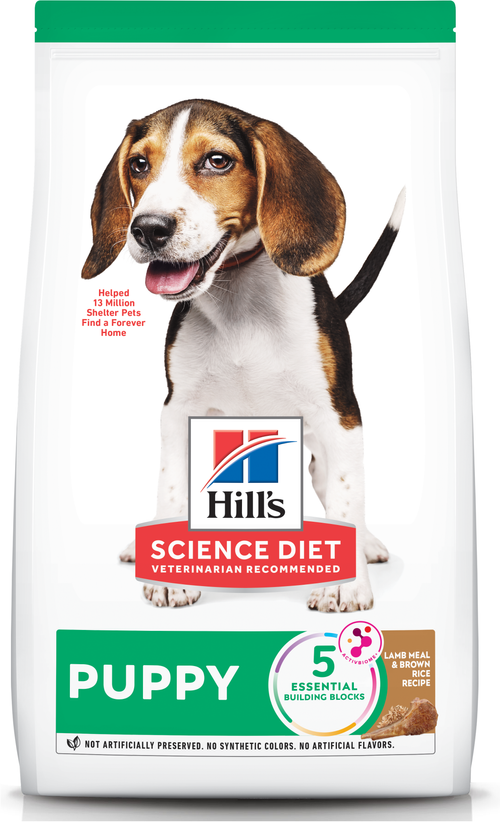 Puppy Lamb Meal & Brown Rice Recipe
Puppy Lamb Meal & Brown Rice RecipeVital nutrients to support 5 essential building blocks for lifelong health
Shop NowFeatured products Adult Indoor Chicken Recipe Cat Food
Adult Indoor Chicken Recipe Cat FoodSupports energy level and beautiful fur in indoor cats
Shop Now Adult 7+ Chicken Recipe Cat Food
Adult 7+ Chicken Recipe Cat FoodSupports energy level and beautiful fur in mature cats
Shop Now Adult Sensitive Stomach & Skin Cat Food
Adult Sensitive Stomach & Skin Cat FoodHighly digestible food that is gentle on the stomach. Nourishes skin & promotes lustrous fur.
Shop Now -
Dog
- Dog Tips & Articles
-
Health Category
- Weight
- Food & Environmental Sensitivities
- Urinary
- Digestive
- Joint
- Kidney
-
Life Stage
- Puppy Nutrition
- Adult Nutrition
Cat- Cat Tips & Articles
-
Health Category
- Weight
- Skin & Food Sensitivities
- Urinary
- Digestive
- Kidney
-
Life Stage
- Adult Nutrition
Featured articles Pet Food Storage Tips
Pet Food Storage TipsDiscover how and where to store your dry, as well as canned, dog and cat food. Learn how to find the "best before" dates on all Hill's pet food packaging.
Read More The Incredible Science Behind Your Pet's Microbiome
The Incredible Science Behind Your Pet's MicrobiomeLearn what a pet's microbiome is, how it contributes to your pet's gut & overall health, and why nutrition is important in maintaining healthy microbiomes.
Read More Water
WaterDiscover why water is the most important nutrient for your dog or cat to live a healthy life. Find out how much water your pet should consume each day.
Read More -


You can understand a lot about your canine companion from his dog tail signs. That wagging or thumping on the carpet? You know your pup is feeling great. That feeling of dread when you walk through the front door and that same tail is tucked low? That tail tells you something has been destroyed by a bored pup while you were away. Whether you consider yourself fluent in wag or you're still learning how to decode dog tail language, read on to learn more about how your pet communicates.

Spotting the Signs: A Guide to Dog Tail Language
A dog's tail originally evolved to help him stay balanced, like a tightrope walker's pole. It serves as a counterweight to the front part of his body when he's making a high-speed turn while hunting and helps keep him from falling off narrow walkways.
Now that a dog hunt generally involves finding the last piece of kibble that fell behind the bowl, that wagging tail is largely thought of as a communication device. Here are five key things the placement of a dog's tail can tell you, according to the Center for Shelter Dogs at Tufts University Cummings School of Veterinary Medicine.
- Circular swish: A dog whose tail is swishing back and forth or in a circular motion is one happy and relaxed pup.
- Lowered or tucked tail: A dog who is frightened or feeling submissive will often lower or tuck his tail between his hind legs.
- Tail wagging stiffly: A dog who is excited may wag his tail stiffly while jumping, spinning or sticking his rump in the air. His excitement may be from a positive source like an upcoming walk or a negative source like an intimidating stranger.
- Tail held horizontally: A tail held straight out indicates a dog who is attentive and alert or perhaps curious about something nearby. Traditional hunting dog breeds like pointers or setters also hold their tails out straight when they point at an animal or object.
- Sudden tail raise: When a dog moves his tail from a down position to a vertical or raised position, it could indicate he is feeling aggressive.


Tasty Tips
Reading Wag Speed
The speed of a dog's wagging tail might also give you an indication of his mood, Psychology Today reports.
- Quick wag: A short wag usually happens during greetings when a dog is feeling tentative.
- Big, broad wag: This indicates a friendly dog who is not threatening anyone.
- Slow, reluctant wag: This might indicate a dog who is feeling anxious. Other signs of anxiety include avoiding eye contact, refusing food or ignoring what's happening around him.
- Tiny, high-speed wag: A tail that moves in short, vibrating bursts can be a sign a dog is about to run or fight. Be careful!
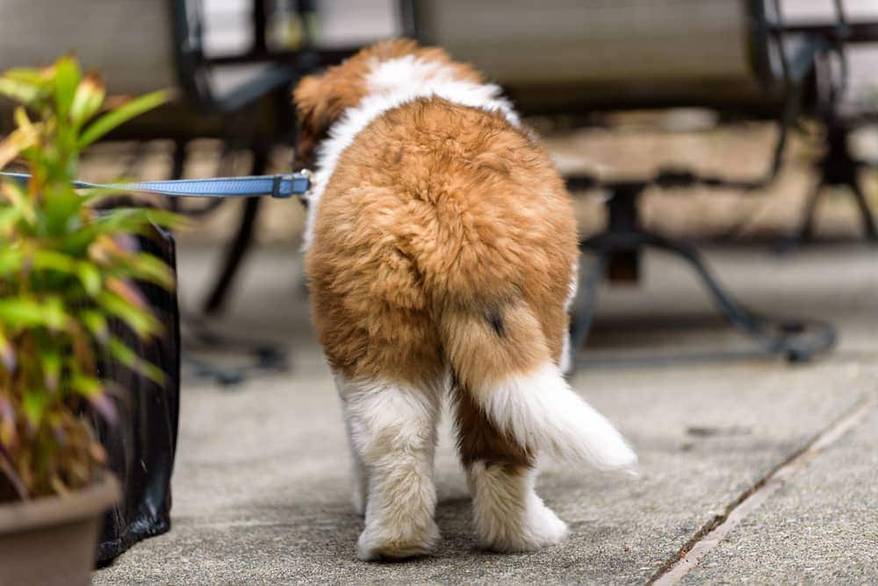
Dog Tail Language Barriers
Some dogs wag with long, expressive tails, but what about dogs with small, stumpy tails or no tails at all? A truncated tail may make it more difficult for dogs to communicate with their pet parents and with other dogs, writes Psychology Today. An observational study of more than 400 dogs greeting each other off-leash in a dog park showed a higher number of aggressive incidents involving dogs with short tails. This doesn't mean that your corgi will inherently pick more fights than your shepherd mix, but it could be something to watch out for. Overall, the study found that only 12 percent of dog park incidents resulted in any kind of aggression. That's a sign that dog communication has a pretty high success rate.
The tale of the tail? Dog tail signs help pups communicate not only with us, but also with other dogs. Knowing the meaning of how a dog is using his tail can go a long way to showing you how your pet is feeling.


Kara Murphy is a freelance writer and pet parent who lives in Erie, Pa. She has a goldendoodle named Maddie.
Related products

Vital nutrients to support 5 essential building blocks for lifelong health

Vital nutrients to support 5 essential building blocks for lifelong health

Improves everyday ability to get up & go

Improves Everyday Ability to Get Up & Go
Related articles
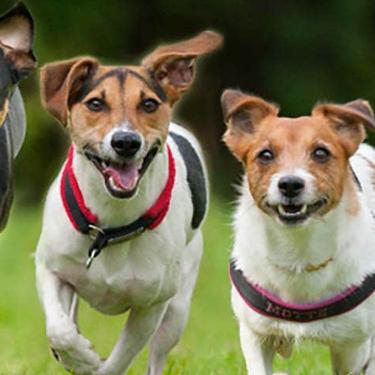
Understand the role that Omega-6 and Omega-3 fatty acids play in your dog's overall health, and how you can ensure they are getting enough.

Learn basic steps & precautions for treating a cut on your dog, including what you can put on the cut, and when you should take them to the vet.
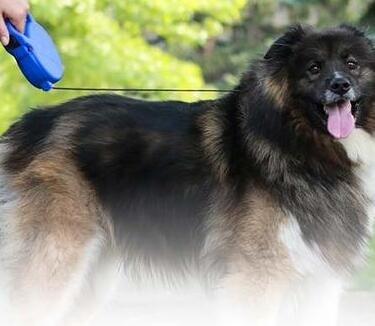
Discover fun and engaging games and other ways to help your dog exercise, keeping him happy and healthy.

Learn how to stop your dog from begging at the dinner table, and understand how it can help contribute to his health.
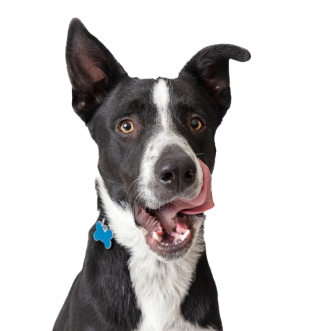
Put your dog on a diet without them knowing
Our low calorie formula helps you control your dog's weight. It's packed with high-quality protein for building lean muscles, and made with purposeful ingredients for a flavorful, nutritious meal. Clinically proven antioxidants, Vitamin C+E, help promote a healthy immune system.
Put your dog on a diet without them knowing
Our low calorie formula helps you control your dog's weight. It's packed with high-quality protein for building lean muscles, and made with purposeful ingredients for a flavorful, nutritious meal. Clinically proven antioxidants, Vitamin C+E, help promote a healthy immune system.

